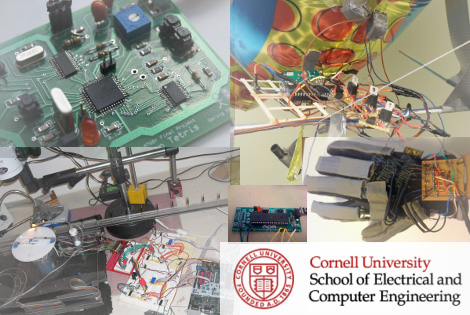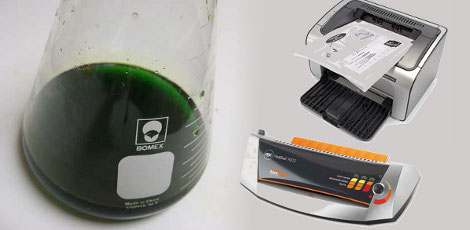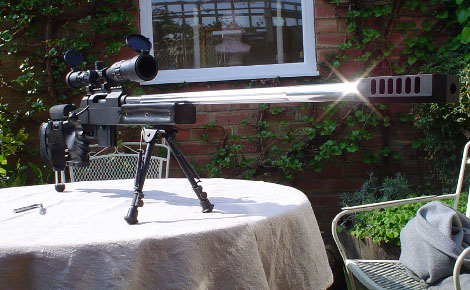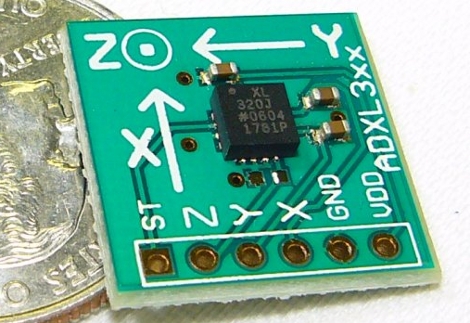
Looking for an interesting project to do using an Atmel Mega644? Students at Cornell University have got you covered. They were required to choose, design, and build a project using the microcontroller; and this year is quite promising with video object tracking, the always popular theremins, helicopters, Potentiostats, even Pavlovian conditioned mosquitoes, and more.
Of course all the previous years are included as well, making over 350 projects total.
[Thanks Bruce Land]
















